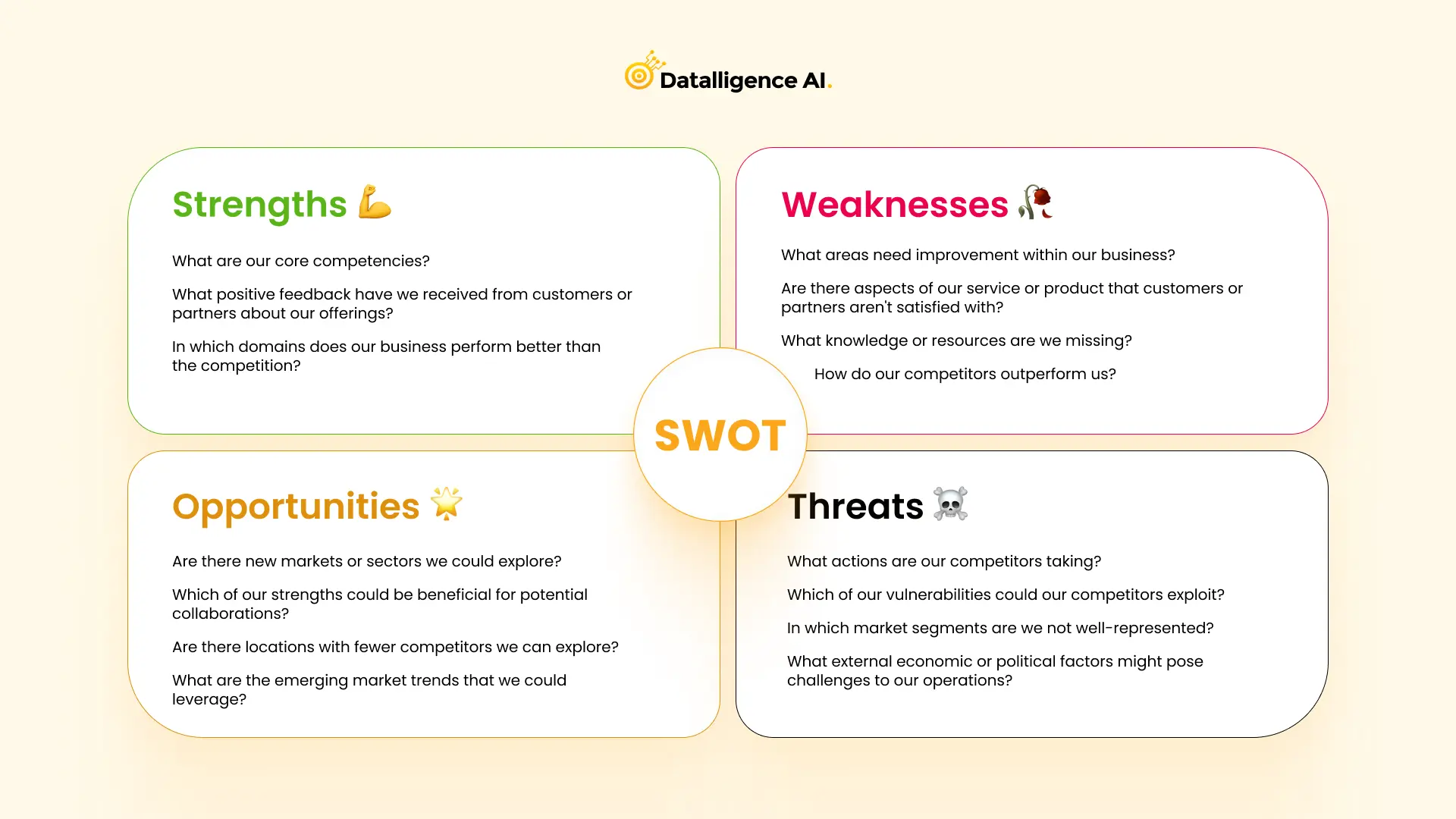In today’s fiercely competitive business environment, “How to Set Strategic Priorities” is more than just a concept—it’s a fundamental blueprint for success. As the marketplace becomes increasingly saturated and volatile, the ability to set and follow clear strategic priorities determines which businesses soar and which falter. By pinpointing the most vital goals and charting a clear path to achieve them, organizations can optimize their resources, streamline decision-making, and catalyze growth. This comprehensive guide is tailored to shed light on the intricacies of Strategic Priorities, offering actionable insights and pragmatic steps for businesses to anchor their vision and navigate the turbulent waters of the business world.
What Are Strategic Priorities?
Strategic priorities are the critical initiatives and objectives that organizations focus on to achieve their long-term goals and overall mission. They serve as a roadmap for success, guiding decision-making, resource allocation, and performance measurement. Strategic priorities can vary depending on the organization’s size, industry, and growth stage. They encompass various areas such as market share, innovation, customer satisfaction, cost reduction, talent acquisition and retention, sustainability, and social responsibility.
Benefits of Setting Strategic Priorities
Setting strategic priorities offers numerous benefits that contribute to an organization’s success:
- Cost optimization and increased profitability: By focusing on high-priority activities, businesses can avoid wasting resources on low-impact tasks and improve efficiency, leading to increased profitability.
- Better utilization of resources: Well-defined strategic priorities help organizations align their resources, time, and efforts, leading to increased productivity and more significant business outcomes.
- Establish clarity of purpose: Setting strategic priorities fosters employee engagement and motivation by providing a clear sense of purpose. Employees understand what they are working towards and the reasons behind it.
- Increased efficiency: With a structured plan and well-suited resources, businesses can operate more efficiently, avoiding time wastage on non-contributing activities.
- Improved decision-making: Strategic priorities provide a clear framework for evaluating options and making choices, resulting in better decision-making, risk mitigation, and increased chances of success.
- Aligning goals with mission and vision statements: Setting strategic priorities ensures that an organization’s goals and objectives are in line with its broader mission and vision, creating a more focused and cohesive approach to success.
11 Steps to Set Strategic Priorities
While the specific steps may vary depending on the organization and its objectives, the following 11-step process will guide you in setting effective strategic priorities:
Step 1: Define Your Mission and Vision
Start by clearly defining your organization’s mission and vision statements. These statements provide a guiding framework for setting strategic priorities and aligning them with your overall purpose.
Step 2: Conduct a SWOT Analysis
Perform a comprehensive SWOT analysis to identify your organization’s strengths, weaknesses, opportunities, and threats. This analysis will help you understand your internal and external factors and inform your strategic priorities.

Step 3: Set Objectives and Key Results (OKRs)
Based on your SWOT analysis, establish specific objectives and key results that are aligned with your mission and vision. These objectives should be measurable, time-bound, and contribute to your overall strategic priorities.
Step 4: Prioritize Your Objectives
Evaluate and prioritize your objectives based on their importance to the overall success of your business. Consider the impact, effort, and resources required for each objective. Focus on the most critical ones that align with your strategic priorities.
Step 5: Conduct a Gap Analysis
Perform a gap analysis to identify the areas where your organization falls short in achieving its strategic priorities. Benchmark against competitors, evaluate resources and determine if new capabilities are needed.
Step 6: Align Stakeholders
Ensure that all stakeholders, including employees, customers, and investors, are aligned with your strategic priorities. Regularly communicate your mission, vision, and objectives to foster engagement and understanding.
Step 7: Develop an Action Plan
Create a detailed action plan that outlines specific tasks, deadlines, and responsibilities for each strategic objective. Break down larger goals into smaller, actionable steps to facilitate implementation.
Step 8: Foster Collaboration
Encourage collaboration across teams and departments to achieve your strategic priorities. Emphasize the importance of each member’s contribution to the overall objectives of the organization.
Step 9: Monitor Progress and Adjust
Regularly track and monitor the progress of your strategic priorities. Use key performance indicators (KPIs) and objective key results (OKRs) to evaluate success and make adjustments to your action plan as needed.
Step 10: Review and Update
Regularly review and update your strategic priorities to ensure they remain aligned with changing market conditions, customer needs, and organizational goals. Adaptability is crucial in maintaining relevance and driving growth.
Step 11: Communicate and Cascade
Effectively communicate your strategic priorities throughout the organization. Cascade the priorities to each level, ensuring that everyone understands their role in achieving the objectives. Regularly provide updates and feedback to keep everyone engaged and motivated.
Conclusion
Setting strategic priorities is a fundamental process that enables organizations to focus their resources, align stakeholders, and achieve their objectives efficiently. By following the 11-step process outlined in this guide, businesses can develop and prioritize their strategic goals, improving decision-making, resource utilization, and overall business success. Remember, setting strategic priorities is an ongoing task that requires regular review and adaptation to stay competitive in today’s dynamic business landscape.











